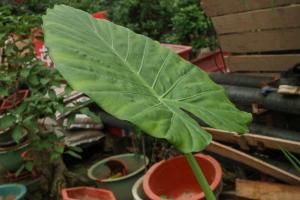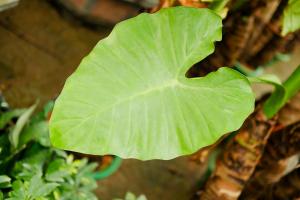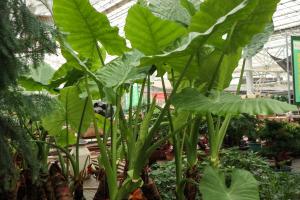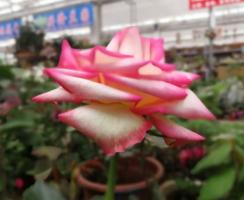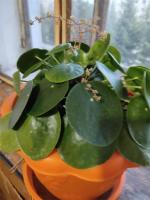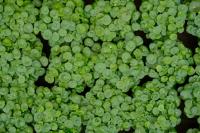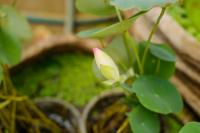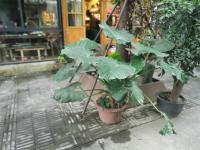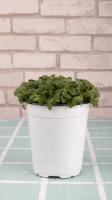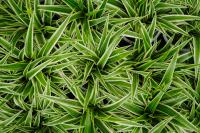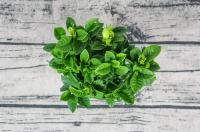1、 It can be hydroponically cultured
Dishui Guanyin can be hydroponically cultured, and compared with soil cultured plants, hydroponically cultured plants are more beautiful and more ornamental. However, its maintenance is more troublesome, and it is difficult to grow as strong as soil cultured plants

2、 Hydroponic method
First, select a healthy and disease-free plant, and then loosen the soil around it with a shovel to take out the whole plant. After that, it also needs to be trimmed to cut off its unhealthy, black and rotten parts, and then disinfected with disinfectant for standby
After that, you need to prepare a hydroponic vessel, then put the sterilized plants in it, put some stones for fixation, and finally inject some water into it. Note that there should not be too much water. Generally, it can reach 2 / 3 of its root
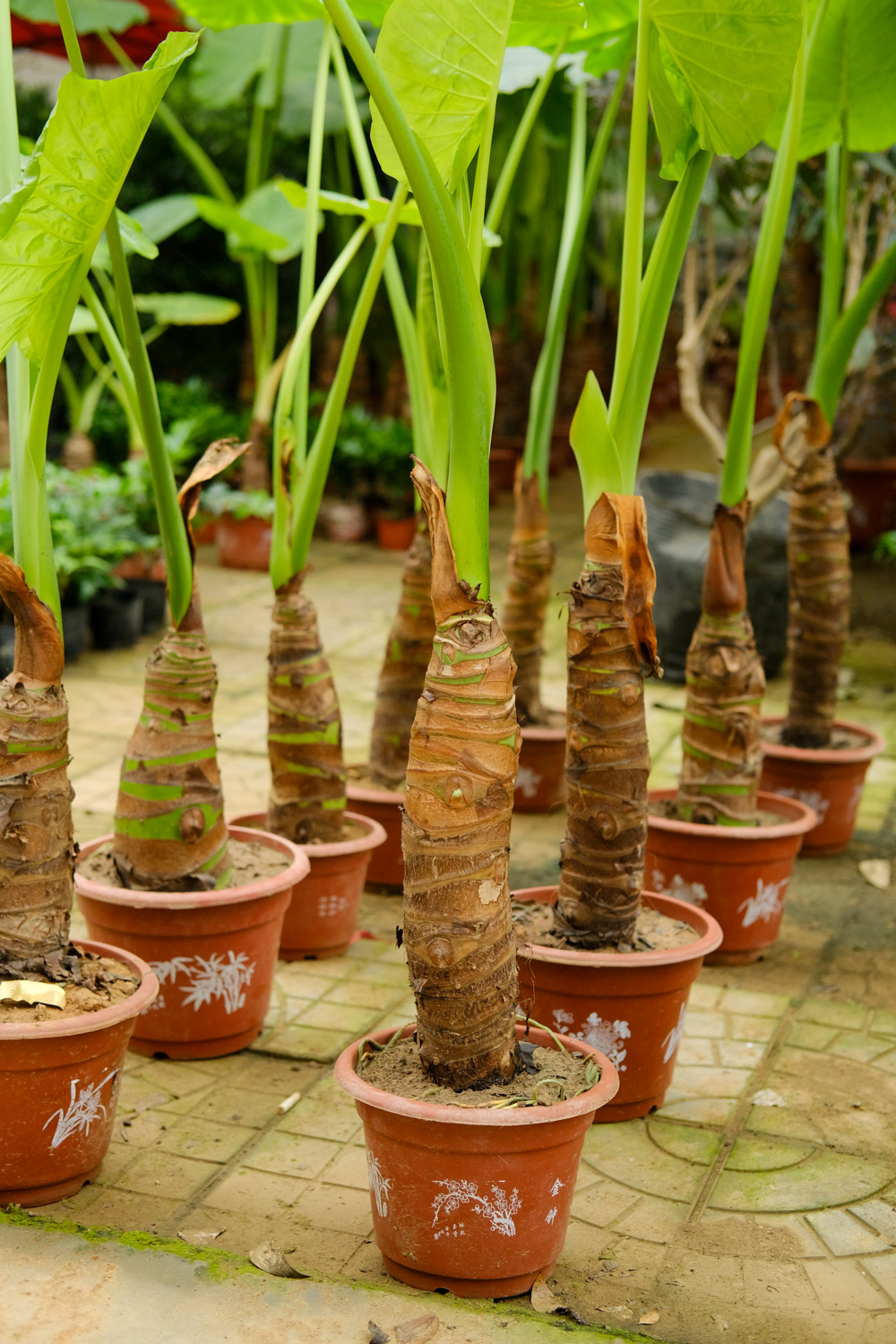
3、 Curing method
1. Temperature: the temperature around it needs to be maintained above 18 ℃, otherwise it will go into dormancy due to low temperature, thus suspending its growth
2. Water quality: during the curing process, pay attention to the water quality at any time and do not allow sundries in it, otherwise it will cause damage to the root system
3. Change water: you need to change water for it once a month. When changing water, you can increase nutrients as appropriate to supply its growth needs
4. Light: it doesn't like strong light. It needs to be kept in a place where it can't be directly exposed to the sun
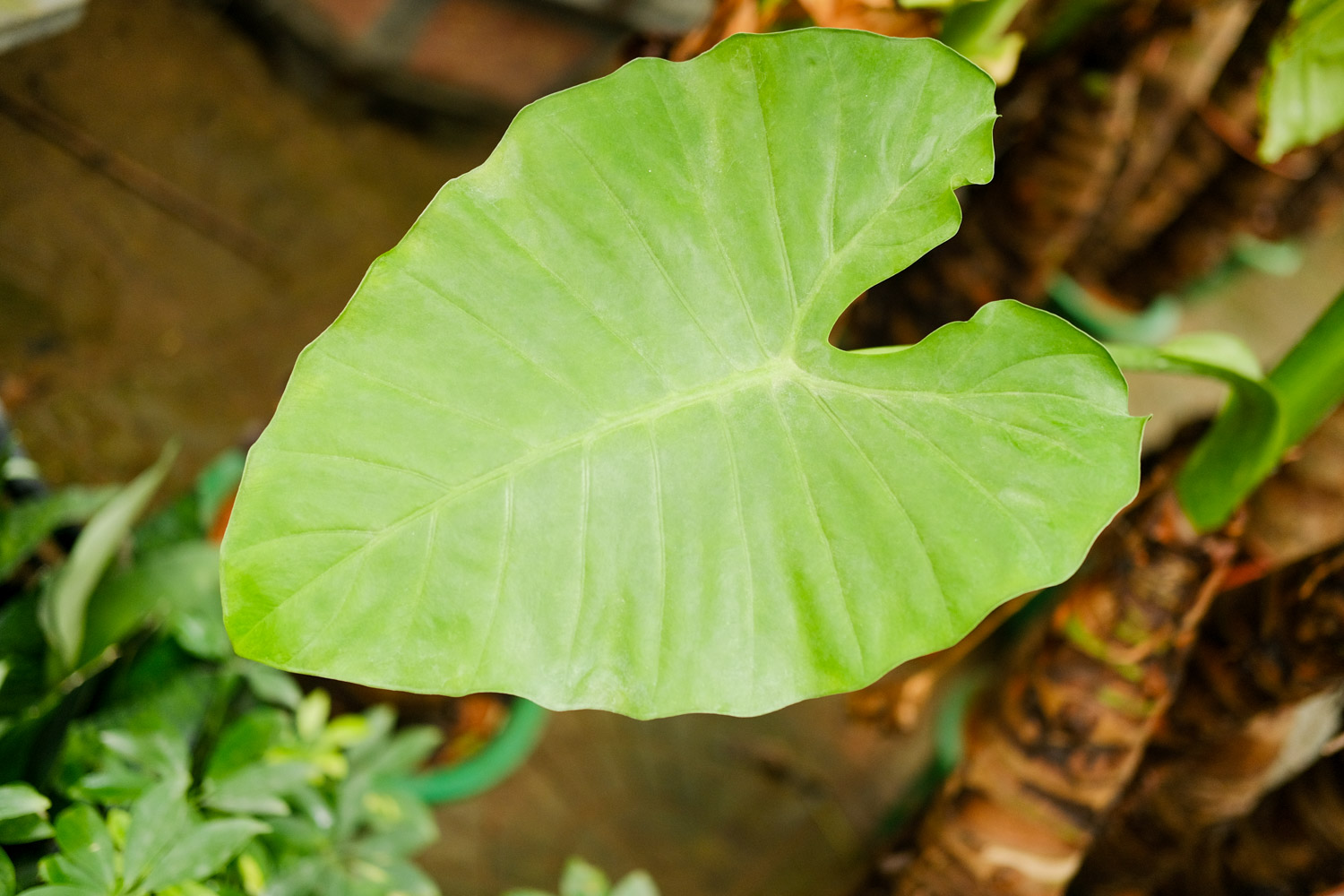

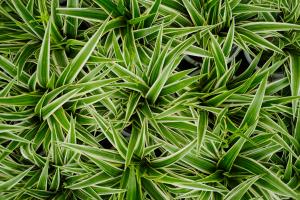 Can silver edged Chl...
Can silver edged Chl...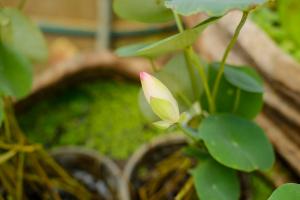 Can lotus bamboo be ...
Can lotus bamboo be ...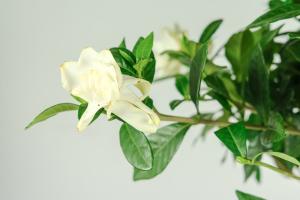 Can Gardenia be hydr...
Can Gardenia be hydr...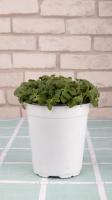 Can peppermint be hy...
Can peppermint be hy...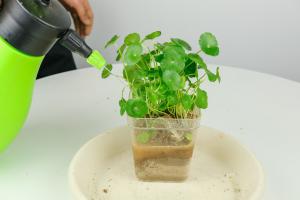 Can the water cultur...
Can the water cultur...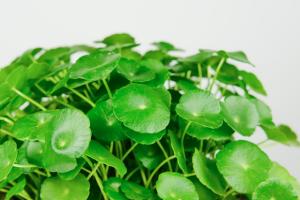 Can Pennisetum grow ...
Can Pennisetum grow ...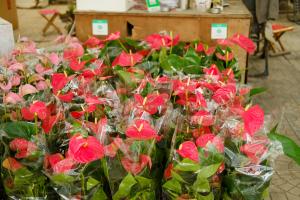 How to cut water pla...
How to cut water pla... How to plant Anthuri...
How to plant Anthuri...